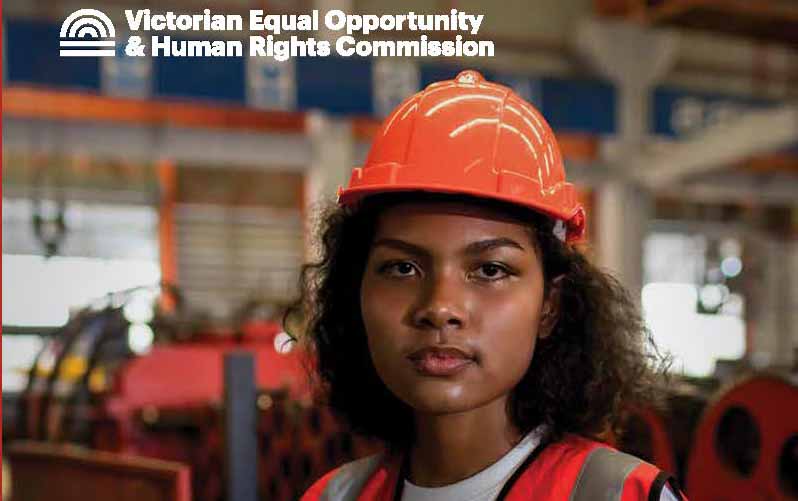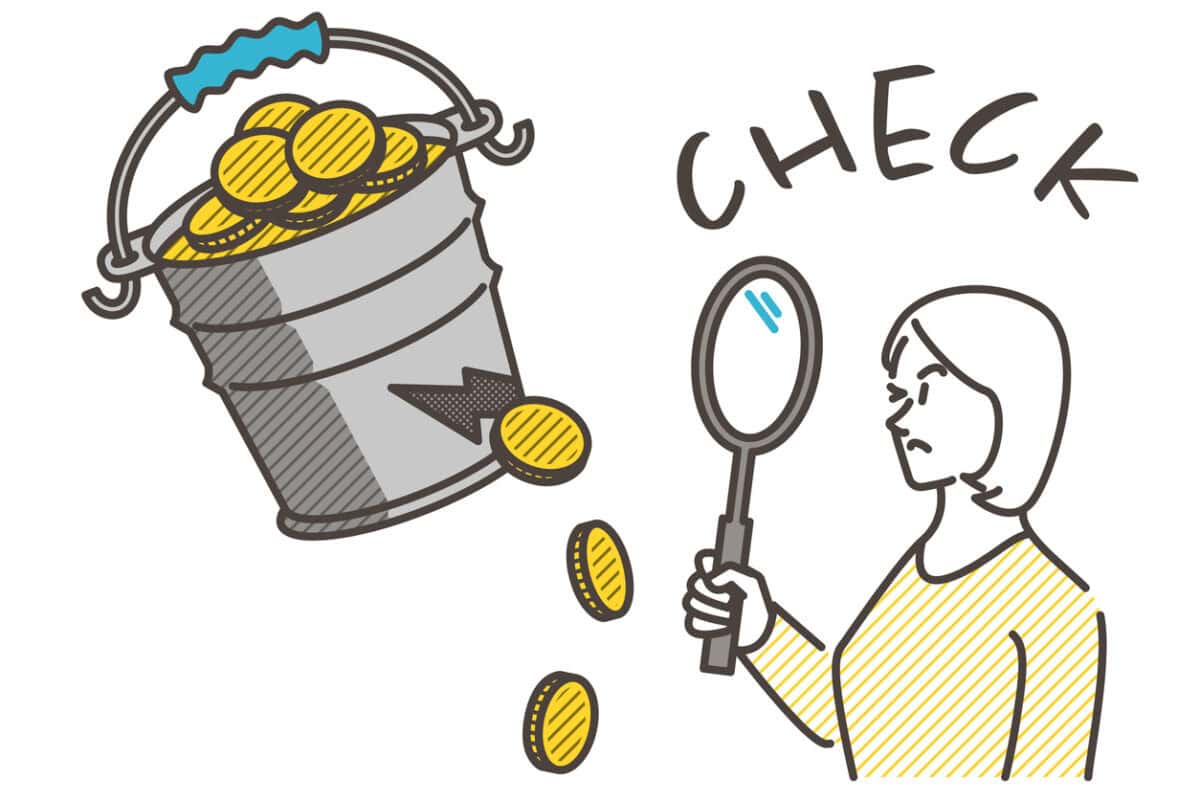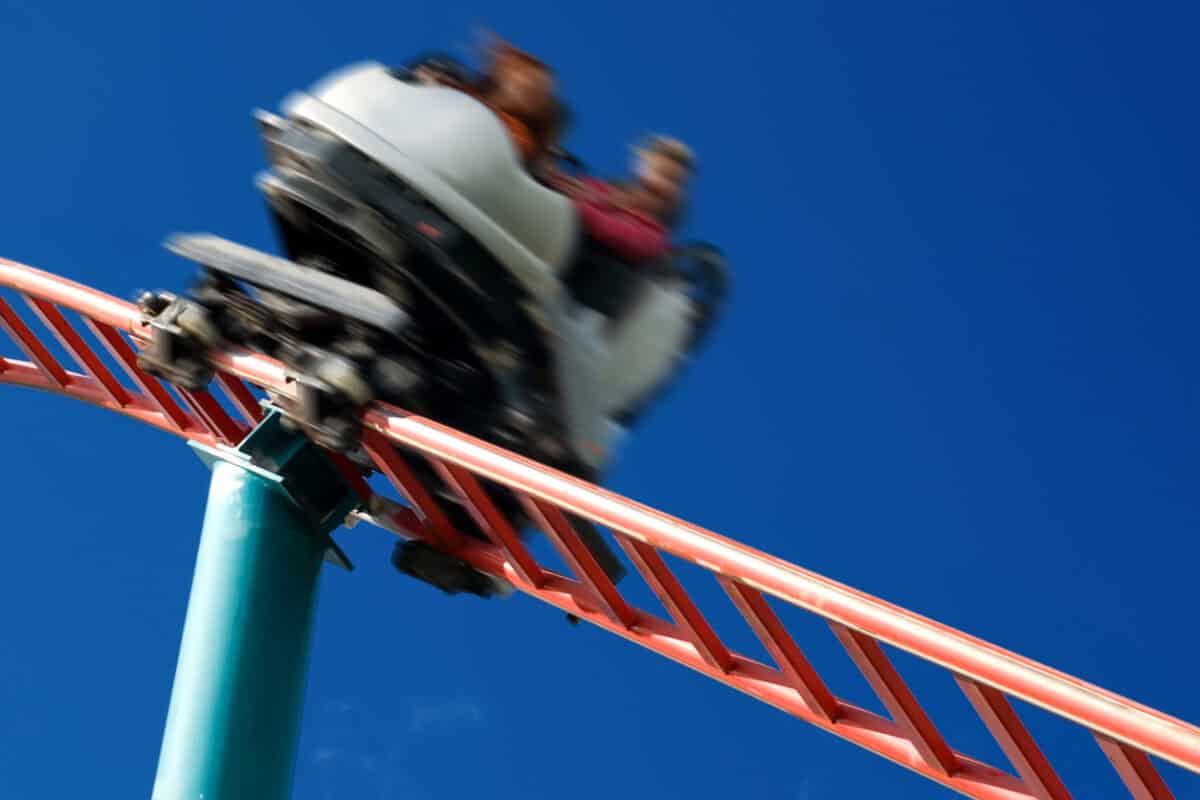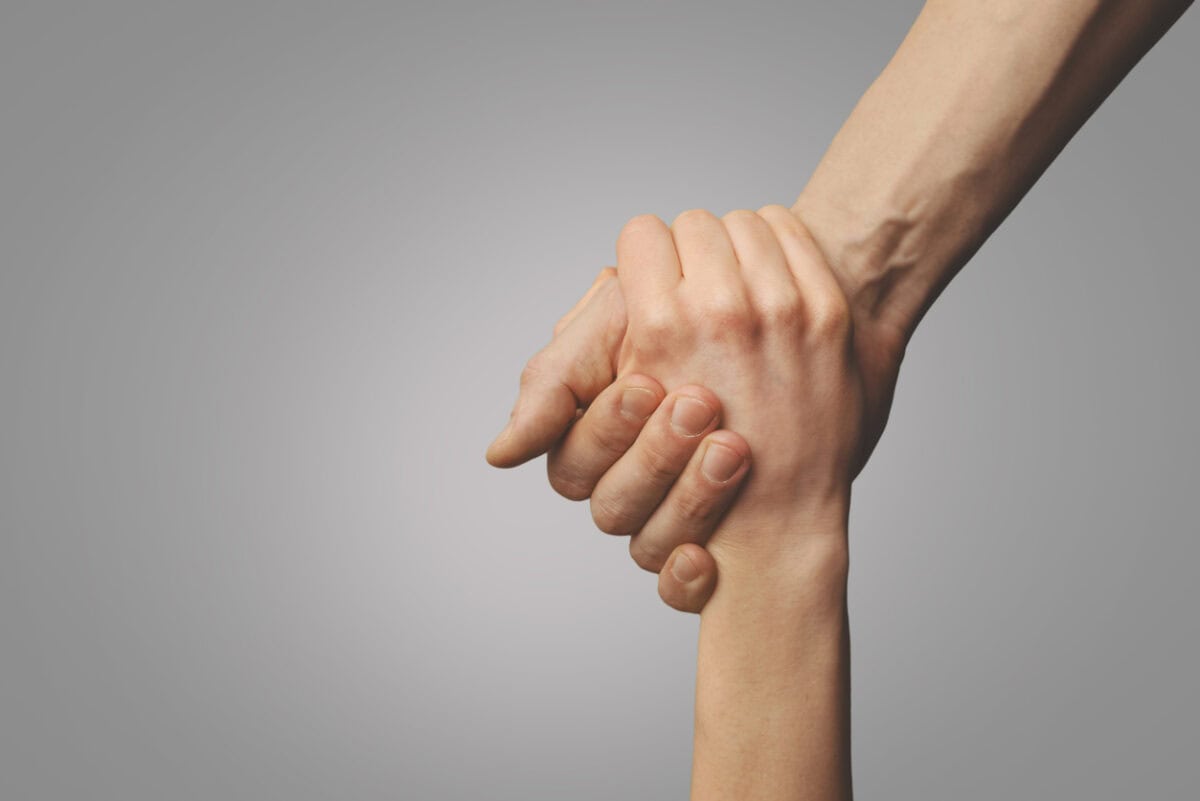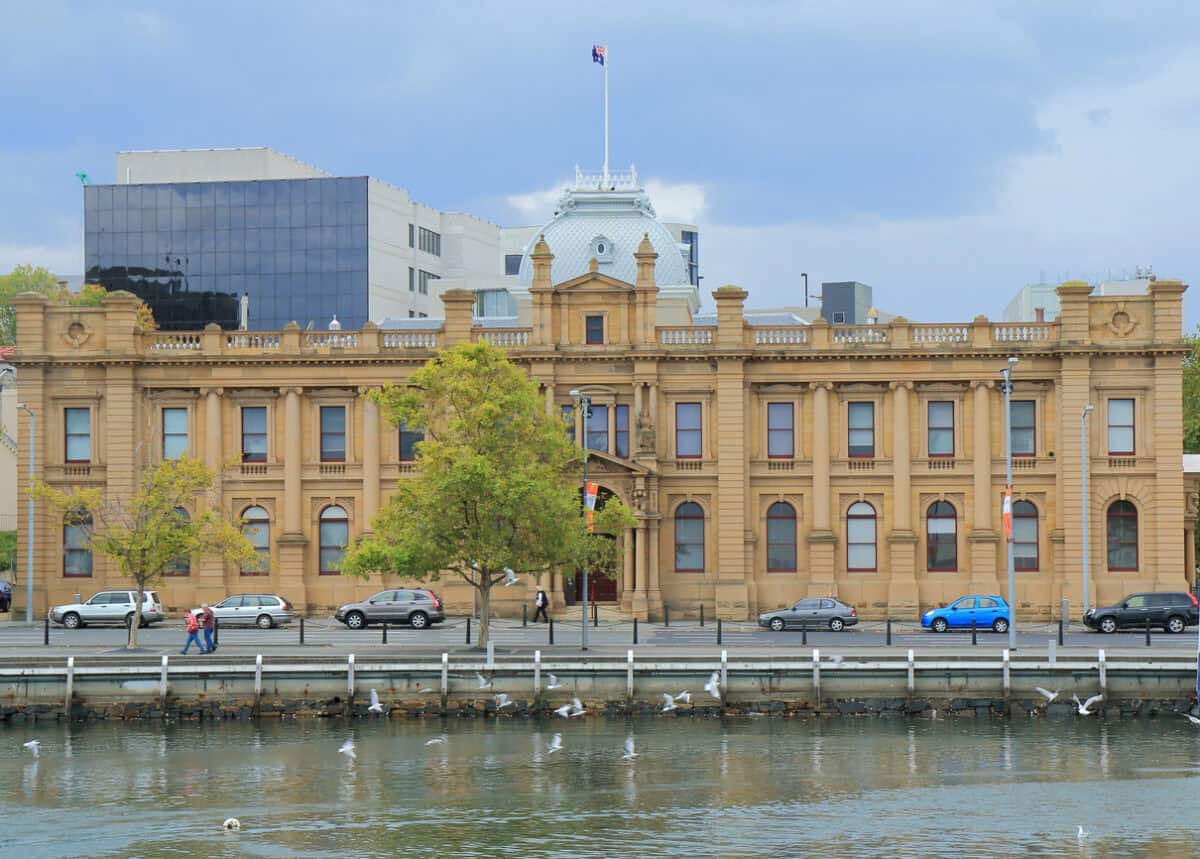One area where human resources (HR) and occupational health and safety (OHS) do not overlap in practice is diversity, equity, and inclusion (DEI), but they should. OHS cannot operate without effective consultation, and part of that effectiveness comes from a diversity of information, respectful conversations, and the inclusion of sometimes uncomfortable perspectives or truths.
Recently, the Victorian Equal Opportunity and Human Rights Commission (VEOHRC) published a guideline on race discrimination in the workplace, which illustrated the need for HR and OHS to begin talking (and listening to) the same language.

